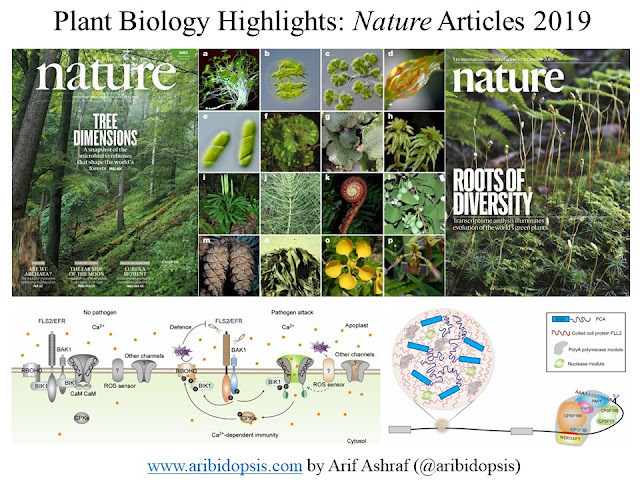Mutant Series: TOO MANY MOUTHS (TMM)
If you don't have clear idea about stoma and pavement cell, I'll request you to go through the following link first.
Back in 90's, the knowledge about stomatal development and regulation was limited. In the forward genetic approach, we can mutated genes all over the genome in a random fashion. This job is mostly done by Ethyl Methane Sulfonate (EMS). From that randomly mutated population, we screen for our desired traits or phenotypes. In case of stomatal development, if we can find phenotypes containing less or more stoma or abberant pattern.
Ming Yang and Fred D. Sack from Ohio State University took the forward genetic approach to understand the stomatal development. They have found two interetsting mutants: tmm and flp. tmm and flp represent too many mouths and four lips, respectively. In case of wild-type plants, we rarely observe two adjacent stomata cells (left panel). In contrast, tmm shows cluster of stomata cells which is opposite to the regular pattern of stomata cell (right panel). In tmm, it looks like there are too many mouths!
The above picture is modified from Jessica M. Guseman et al., Development, 2010.
later, it had been found that TMM encodes a transmembrane leucine-repeat containing receptor-like protein and recessive mutation leads to disruption of asymmetric cell division during stomata development.
References:





Comments
Post a Comment